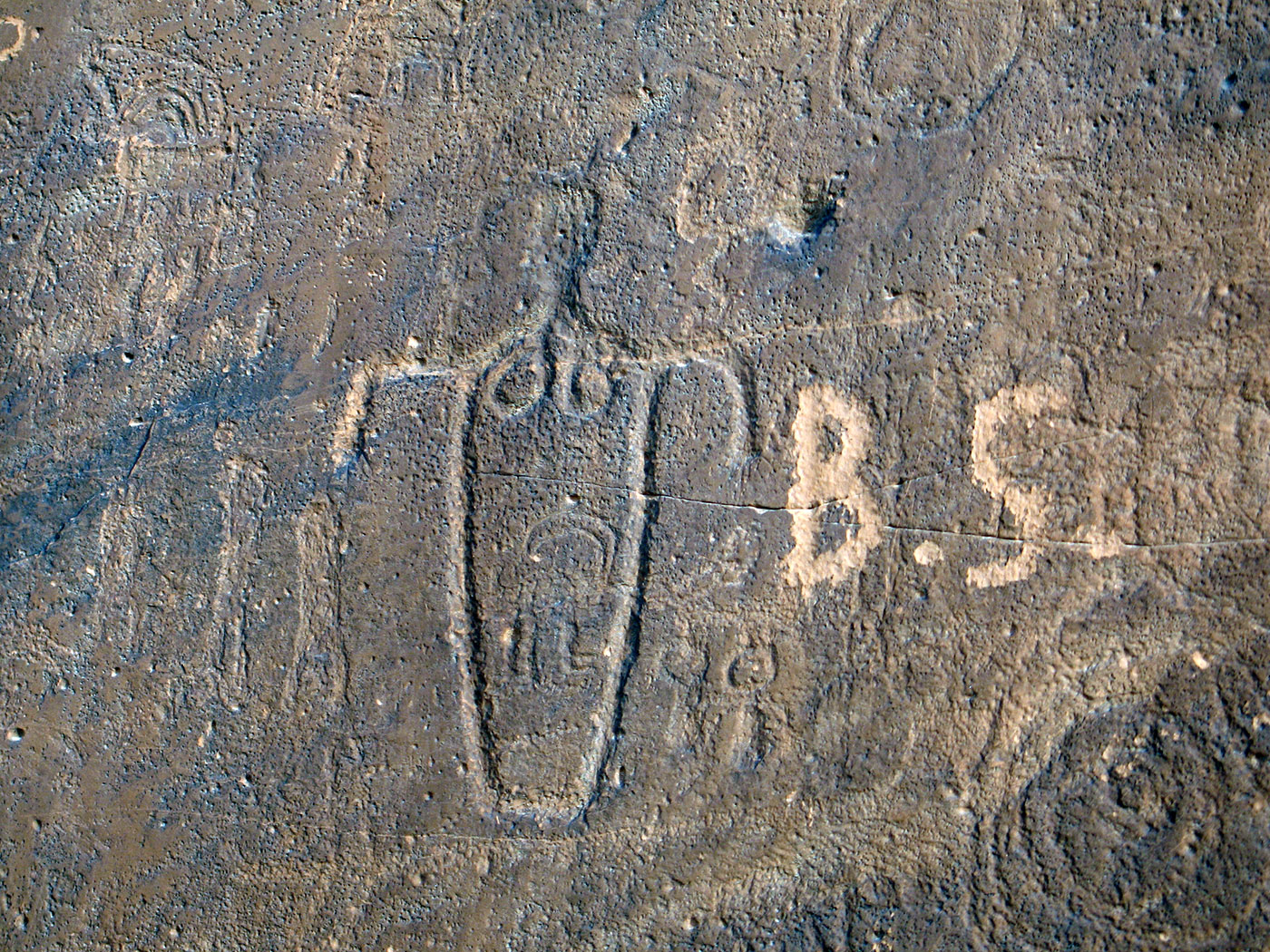Imagine hiking almost 5 miles down into Horseshoe Canyon to view the Great Gallery for the first time and then to discover what you are viewing has been heavily restored due to years of vandalism and because yahoos used the site for target practice. It takes quite a bit away from your experience.
Too many rock art sites have been vandalized and destroyed.
However, "vandalized" seems to not be a strong enough word to use. "Desecration" is a more descriptive word.
Desecration is "the act of depriving something of its sacred character."
We seem to have deprived the Southwest of its sacred character quite well. From its rivers, to its riparian environments to the remains of the people who came before and to each other in our day to day lives.
When you visit a rock art site or any archaeological site, please make your presence as minimal as possible. No one, except your mother, really cares you were there, so leave no mark.
Stay on established trails whenever possible to protect fragile vegetation, prevent erosion and to avoid trampling on a previously unseen artifact.
Do not touch, trace, climb, step or even use water on rock art. Doing so may cause permanent damage. Highlighting petroglyphs with chalk or other substances and wetting pictographs is considered vandalism.
